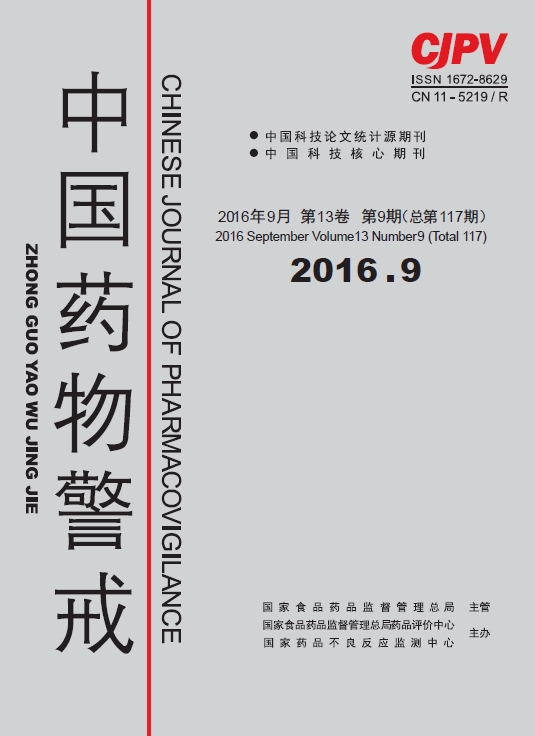|
|
Clinical Observation of Alprostadil Injection in Treatment of Patients with Decompensated Hepatitis B Cirrhosis
GAI Xing-wen, MA Yong, ZHANG Wen-xue
2016, 13(9):
525-528.
Objective To evaluate the clinical efficacy and safety of alprostadil injection in treatment of patients with decompensated hepatitis B cirrhosis, and provide some reference for the clinical application of the scheme. Methods From August 2013 to August 2015, 176 patients with decompensated hepatitis B cirrhosis in our hospital were studied prospectively. The patients were randomly divided into two groups, including 88 cases who received conventional liver protective and symptomatic supportive treatment as the control group, while 88 patients who received conventional treatment supplementary alprostadil injection as the observation group, four weeks for a course of treatment in both of the two groups. The changes of liver function, renal function, prothrombin activity (PTA), total bilirubin (TBIL), ascites depth, abdominal circumference and 24 h urine before and after treatment were observed and compared, the adverse reactions of the patients were observed during the treatment. Results Compared with the levels before treatment, the ALT, TBIL, BUN, SCr in both of the two groups decreased significantly, and the ALB, PTA increased significantly after four weeks treatment, the changes of the observation group were more obvious, the differences were statistically significant (P < 0.05). After treatment, the classification of liver function, the combination of hepatic encephalopathy, ascites ratio in both of the two groups decreased significantly, the changes of the observation groups were more obvious, the differences were statistically significant (P < 0.05). After four weeks treatment, ascites depth, abdominal circumference and 24 h urine in both of the two groups decreased significantly, the changes of the observation groups were more obvious, the differences were statistically significant (P < 0.05). The total effective rate of observation group was 81.82%, which was higher than that in the control group of 55.68%, the difference was statistically significant (P < 0.05). 3 cases of the observation group complained site redness, pain during the treatment, and the symptoms disappeared after the slow drop. There were no obvious adverse reactions in the control group during the treatment. Conclusion Alprostadil can improve liver function of the patients with decompensated hepatitis B cirrhosis, further promote the ascites symptoms relief, enhance the clinical efficacy, and no serious adverse reactions were observed after administration.
References |
Related Articles |
Metrics
|

